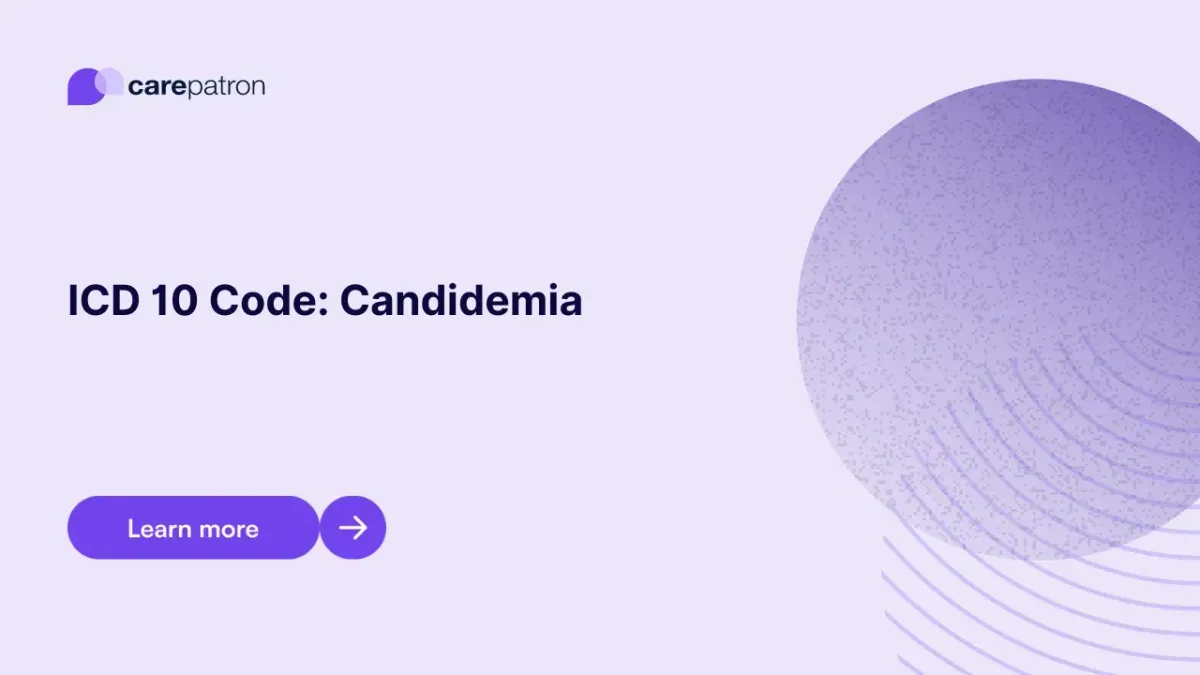
Candidemia ICD-10-CM Codes
Learn about ICD-10-CM code B37.7 for candidemia. Discover billing details, diagnosis, related codes, complications, and treatment for Candida infections.
Use Code
Commonly asked questions
Candidemia is typically diagnosed through blood cultures that identify the presence of Candida species in the bloodstream. Additional diagnostic tools, such as PCR-based assays, beta-D-glucan tests, and imaging studies, may be used to confirm the infection and assess for involvement of other organs.
Candidemia can lead to serious complications such as sepsis, organ failure, candidal endocarditis, and candidal meningitis, especially in immunocompromised individuals. Without prompt treatment, it may also spread to the eyes, kidneys, liver, and other vital organs, resulting in long-term health issues or death.
Candidemia prevention focuses on infection control measures such as proper hand hygiene, catheter care, antifungal stewardship, and limiting the use of broad-spectrum antibiotics. Early identification of high-risk patients and reducing unnecessary invasive procedures also help lower the risk of this bloodstream infection.
EHR and practice management software
Get started for free
*No credit card required
Free
$0/usd
Unlimited clients
Telehealth
1GB of storage
Client portal text
Automated billing and online payments
